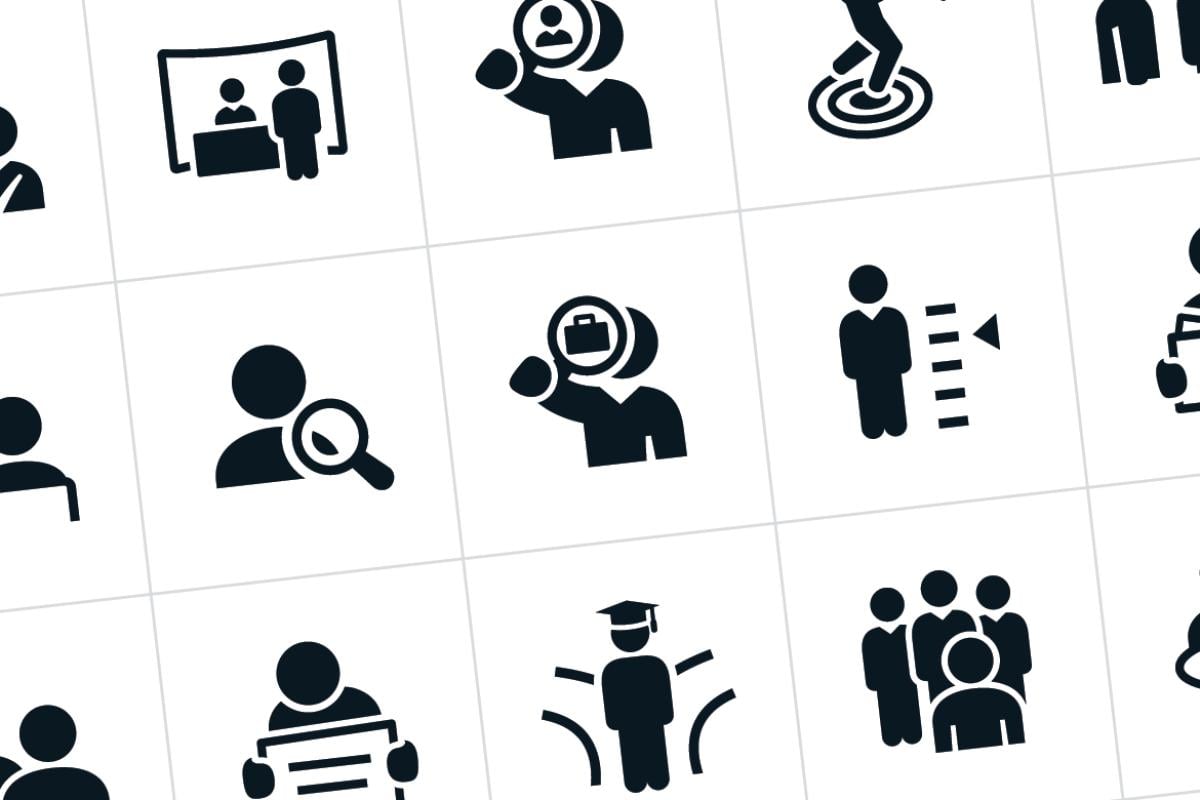Resident intimidation—a form of bullying—is too common, and it is corrosive everywhere it spreads.
A module from the AMA takes a point-by-point approach to explaining intimidation and mistreatment in training, and offers step-by-step advice on how to deal with it.
In addition to adversely affecting patient safety and fruitful communication, “intimidation also can severely impact a resident’s emotional state,” the module says. That can play out as a decrease in professional satisfaction, anger and less eagerness to work.
“Resident Intimidation” is just one of the AMA GME Competency Education Program offerings, which include more than 50 courses that residents can access online through their residency program’s subscription, on their own schedules. The program also features six faculty development courses.
The AMA GME Competency Education Program delivers education to help institutions more easily meet Accreditation Council for Graduate Medical Education common program requirements. Modules cover five of the six topics—patient care, practice-based learning and improvement, interpersonal and communication skills, professionalism, and system-based practice—within the core competency requirements. The sixth requirement, medical knowledge, is one that is typically addressed during clinical education.
Among the program’s experts are several who contributed to the AMA’s Health Systems Science textbook, which draws insights from faculty at medical schools that are part of the Association’s ChangeMedEd initiative.
Current program subscribers have access to award-winning online education designed for residents on the go. It’s easy to use and saves time with simple tracking and reporting tools for administrators.Learn more.
Four things to know about bullying
Once finished with the module, a medical resident will be confidently equipped to do the following.
Define resident mistreatment and resident intimidation. The recommended responses to the two may be essentially the same, but the module points out that intimidation occurs “when someone in a position of authority uses that position to make someone do something he or she wouldn't normally do.” Mistreatment comes from other sources and the module provides examples, such as resident peers or nurses. The module also offers a short course in constructive criticism and how it differs from intimidation.
List the different forms of resident mistreatment and intimidation. There are four distinct types of intimidation, ranging from old-as-time physical intimidation to that insidious contemporary iteration: cyberbullying. The module provides general guidance on recognizing intimidation of each type, as well as commentary that relates more specifically to medical training.
Respond appropriately and professionally to mistreatment and intimidation. The module provides a comprehensive list of what to do in the moment. The course also tackles what for many residents is intimidating in its own right—how to report behavior to the proper authorities. It describes the “stepwise” approach to take the reporting up the chain of authority.
Model behaviors to change a culture of mistreatment and intimidation. In two instances, the module features a scenario during which an attending physician inadvertently oversteps the intimidation line in a way that can put a resident in a bind—for example, when falsifying logged work hours. Those examples, combined with other course content, provide a comprehensive view of how intimidation should be viewed, avoided and addressed.
The AMA has published Bullying in the Health Care Workplace: A Guide to Prevention and Mitigation (PDF), which covers what workplace bullying is, who it affects, what its consequences are and how health care organizations can prevent it.
Dive deeper:
- New AMA resource helps overstretched GME program directors
- Why bullying happens in health care and how to stop it
- Microaggressions happen in medical school. Here’s how to stop them.
Easy to track progress
Residency program directors have access to dashboards and reports that provide a view of progress at the program and institution levels. In addition, customizable reports make it easy to track learner performance and demonstrate compliance for accreditation.
The AMA GME Competency Education Program covers topics including well-being, QI and patient safety, residents as teachers, navigating health systems, health equity, professionalism and faculty development. Schedule a meeting to discuss your organization’s needs.



